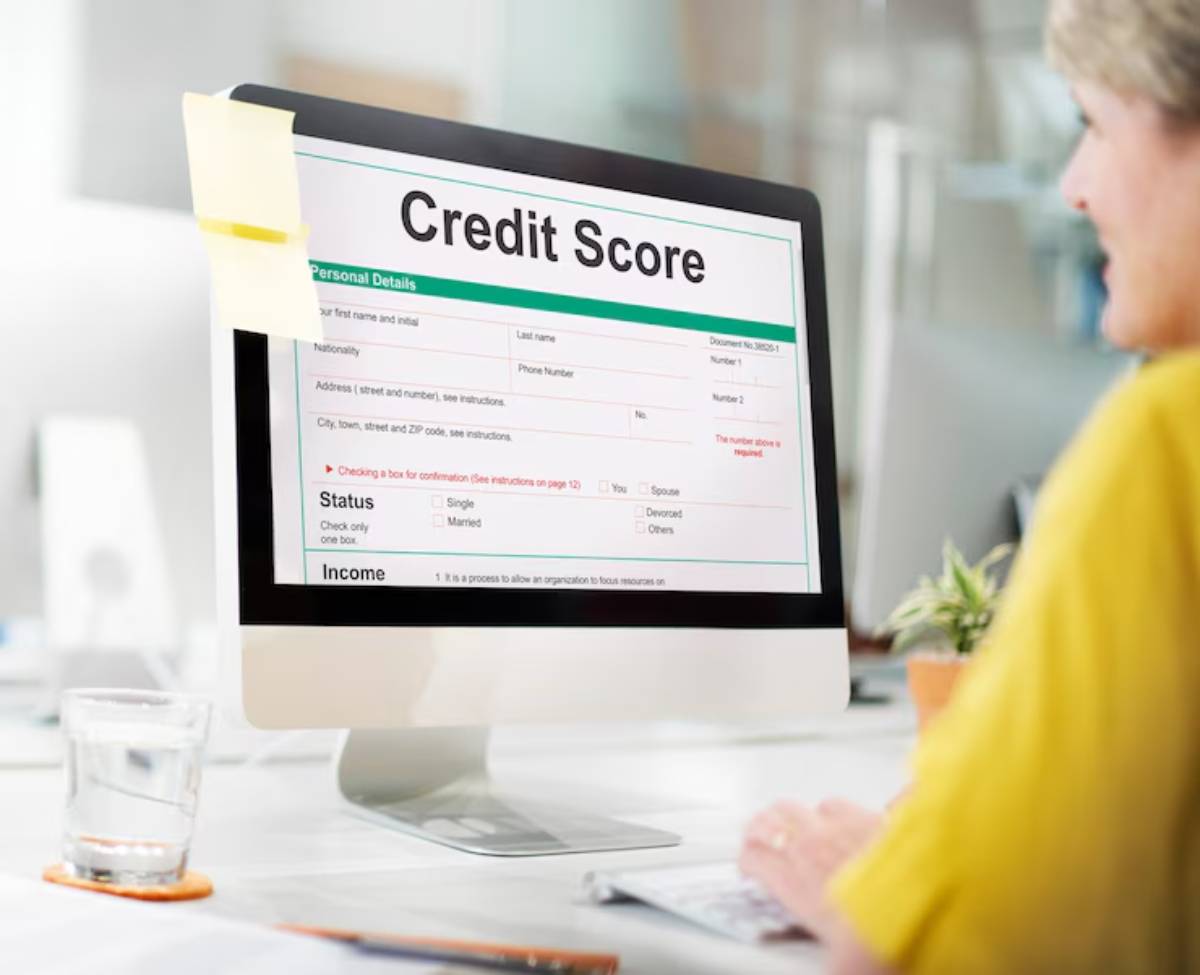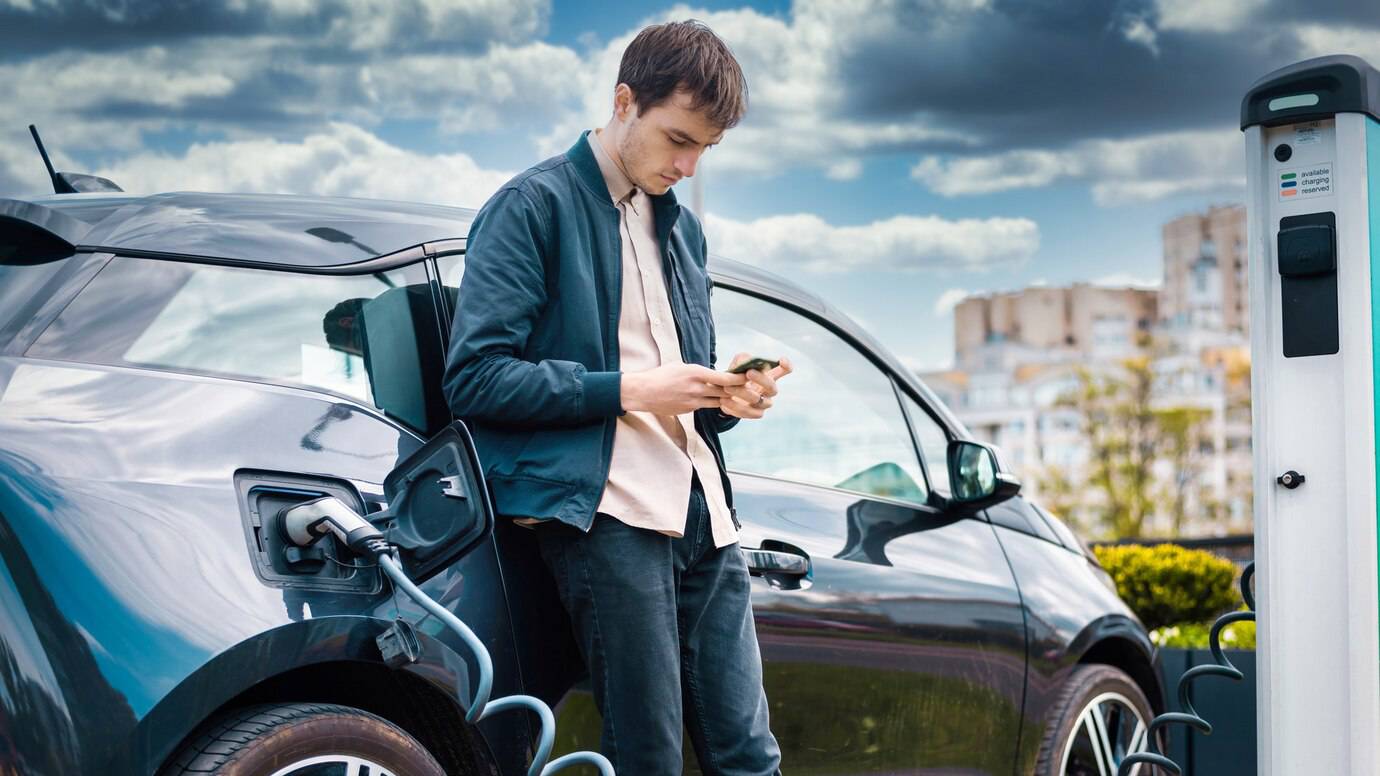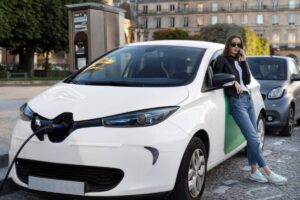The Automobiles & Vehicles Blog

Understanding EV Loan Options and Interest Rates
So, you’ve made the decision to go electric. Maybe you’ve got your eye on a sleek Tesla Model 3 or a sensible but stylish MG4. You’ve researched the range, charging times, and running costs. But now comes the crunch question — how will you finance it?
With electric cars often priced higher upfront than their petrol counterparts, many buyers turn to EV loans to spread the cost. But navigating electric vehicle financing can be confusing — with different interest rates, repayment plans, and jargon that doesn’t always make sense.
In this post, we’ll break down everything you need to know about EV loans and interest rates. Whether you’re a first-time EV buyer or looking to upgrade, this guide will help you understand your options, compare deals, and avoid the most common financing traps.
What Is an EV Loan?
Basic Definition:
An EV loan is a type of personal loan or car finance agreement used specifically to purchase an electric vehicle.
Types of EV Loans Include:
- Personal Loans: Borrow a lump sum from a bank or lender, then buy the EV outright.
- Hire Purchase (HP): Pay a deposit, then monthly payments until you own the vehicle at the end of the term.
- Personal Contract Purchase (PCP): Pay a lower monthly fee, with an optional final payment if you decide to keep the car.
- Green Auto Loans: Offered by some lenders with lower rates or incentives for eco-friendly vehicles.
EV Interest Rates in 2025: What’s Typical?
Interest rates vary by loan type, your credit score, and lender terms. Here’s a quick snapshot of average APRs in the UK:
| Loan Type | Typical APR (Good Credit) | APR (Fair Credit) |
| Personal Loan | 5.9% – 9.5% | 10% – 14% |
| Hire Purchase | 6% – 10% | 11% – 16% |
| PCP | 3.9% – 7.9% (intro) | 8% – 12% |
| Green Loans | 3% – 6% | 6% – 9% |
Note: Rates may be fixed or variable. Fixed offers peace of mind; variable means your monthly costs can rise or fall with market rates.
EV Loans vs PCP vs Leasing: Quick Comparison
| Feature | EV Loan | PCP | Lease |
| Ownership | Yes (you own) | Optional (buy or return) | No |
| Monthly Cost | Medium to High | Low to Medium | Lowest |
| Flexibility | High | Medium | Low |
| Mileage Limits | None | Yes | Yes |
| Customisation | Full | Limited | Not allowed |
Summary: EV loans are best if you want to own and keep your vehicle. PCP works for those who like options. Leasing suits drivers who upgrade often and don’t need to own the car.
Pros of Financing an EV with a Loan
1. Full Ownership from Day One
Unlike leasing or PCP, an EV loan means the car is yours to sell, keep, or modify.
2. No Mileage Limits
Perfect if you drive long distances or don’t want to monitor your usage.
3. Freedom to Choose Your Insurer and Servicing Provider
No contract restrictions or third-party tie-ins.
4. Grants and Incentives Still Apply
You can combine a government grant (like the UK’s Plug-in Van Grant) with your loan to lower your total cost.
Drawbacks to Watch For
1. Higher Monthly Payments
Compared to PCP or leasing, owning through a loan can cost more each month.
2. Depreciation Risk
You carry the burden if the car’s resale value drops — which happens fast with tech changes.
3. Interest Adds to Overall Cost
Even at a 5% APR, you could pay £1,500–£3,000 in interest over 5 years.
Green Auto Loans: Are They Worth It?
What They Offer:
- Lower rates for electric or hybrid vehicles
- Some include perks like free home charger installation or carbon offsetting
- Often offered by ethical banks or credit unions
Examples:
- Triodos Bank (UK): Offers EV-specific loans with fixed low interest
- Nationwide and Santander: Have offered EV-friendly personal loan products
Good to Know: Always read the small print. A green label doesn’t always mean it’s the cheapest option.
How to Get the Best EV Loan Deal
1. Check Your Credit Score

A higher score = lower rates. Use Experian, ClearScore, or Equifax to see where you stand.
2. Compare Multiple Lenders
Use online tools like MoneySuperMarket, GoCompare, or Compare the Market to view side-by-side offers.
3. Consider Total Repayment, Not Just APR
A lower monthly cost can mean a longer loan — and more interest paid overall.
4. Ask About Early Repayment Options
Can you pay it off sooner without penalties? Worth knowing up front.
5. Get Pre-Approved
This lets you shop with a clear budget and avoids unnecessary credit checks at dealerships.
Should You Finance a Used EV?
Absolutely — especially in 2025 when the used EV market is booming with models like the Nissan Leaf, BMW i3, and Hyundai Kona Electric.
Benefits:
- Lower price means smaller loan
- Many banks offer the same rates for used EVs as new
- Can still get battery warranties if under 8 years old
Things to Check:
- Battery health (ask for SOH or State of Health report)
- Charging history
- Remaining warranty (or extend it yourself)
EV Loan Checklist Before You Sign
✅ Is the APR fixed or variable?
✅ What is the total repayment cost over the full term?
✅ Are there any setup or admin fees?
✅ Can you overpay or clear the loan early without penalty?
✅ Have you factored in insurance, road tax (if applicable), and servicing?
EV Finance Red Flags to Avoid
- Deals with 0% APR but big balloon payments (always check total cost)
- High deposit + high interest (you might be overcommitting)
- Lenders who won’t give early repayment terms
- “Optional” insurance bundles you don’t need (GAP insurance, PPI, etc.)
Finance That Fits Your Electric Future

Financing your electric car with an EV loan is a solid choice — especially if you’re after full ownership, long-term value, and fewer restrictions. But it’s not a one-size-fits-all situation.
You need to understand your options, shop around, and choose a deal that suits your driving style, budget, and long-term plans. A little effort up front can save you thousands over the life of the loan — and ensure your electric journey starts off on the right road.









